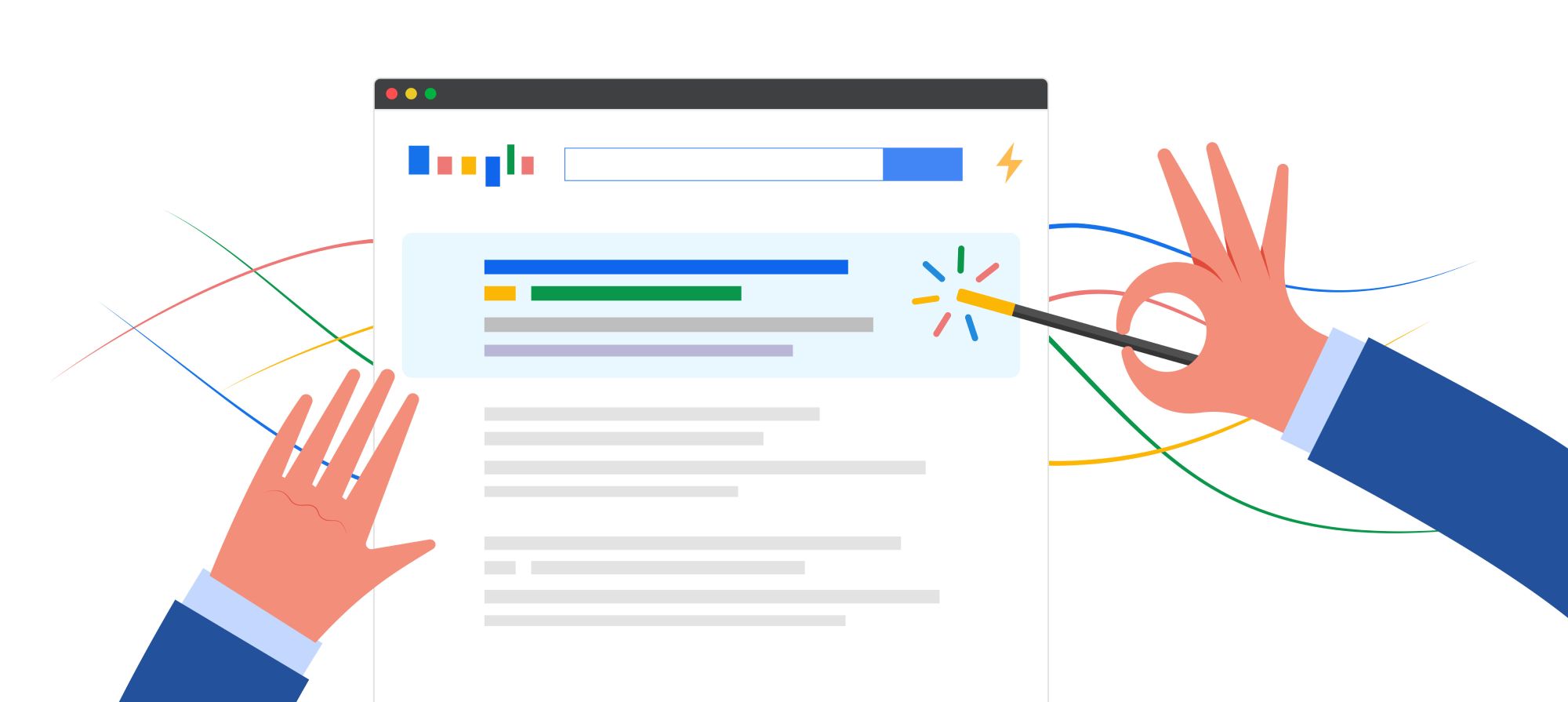Companies are working harder than ever to distinguish themselves from their competitors in today’s commercially competitive market.
It’s important to consider how you’re going to approach your brand identity.
There are lots of questions that need answering, such as: What is my business trying to achieve? How does it stand out from the competition? Who is my target audience and what should I be emphasising?
Having a clear vision and understanding of what you’re trying to achieve is the first step in developing an effective long-term strategy for building and promoting your company’s image.
So, let’s take a look at how we define these concepts:
1. Defining your goals and understanding your company vision
First of all, you need to determine your business goals and what you want to achieve.
There are a variety of common business goals, from increasing market share to developing innovative products and services. If you truly understand what your company’s vision is, it will help you create a brand identity that will drive the business forward.
For example, you may have the vision to offer the best service in the market or provide top-quality products at an affordable price. Knowing what your business stands for will help it stand out from competitors and attract customers who value those same ideals.
2. Understanding your target audience and considering them.
– Who are you targeting?
– Why are they purchasing your products or services?
– What is the market like, both locally and globally?
The answers to these questions help inform your brand strategy.
It’s important to know what your customers want from their experience with you. And it’s just as important to know what you want your customers to experience.
So ask yourself: What do I want my customers to think and feel about my brand? How can we achieve this? These questions will allow you to determine the keywords and core values behind the brand, which then forms the basis for building a consistent message that resonates with your audience.
3. Getting your message across with visuals
Once you have the foundation of your brand identity, it’s time to consider how you want to communicate this message visually.
There are lots of free tools available online that will help you develop your branding, create original logos and build your website.
For example, Canva is a great place to start creating visual assets for your business. Their templates and easy-to-use tools provide you with endless possibilities, allowing you to create anything from business cards and flyers to social media graphics and mobile apps. You can use these materials as part of your marketing campaigns or simply share them online with potential customers.
In addition, these tools can also help you create a consistent brand story across different platforms, from your website to your social media profiles.
4. Understanding the importance of consistency in your branding elements
Once you have established the primary components of your brand identity (logo, visual assets, and messaging) it’s important to maintain consistency across these elements.
You don’t want to confuse your audience, which you can easily do if one part of your visual branding appears different from another. Consistency is key in the colours and fonts that represent your business. Make sure all of these components work together to build a cohesive brand identity that resonates with your target audience.
Remember, when you are developing a brand identity it’s not about the individual components — colours, fonts, logos, etc.
Instead, it’s about how these elements come together to create a consistent brand experience that ultimately influences consumer behaviour.
It’s also important to keep in mind that all of these elements need to work within the context of the technology you are using.
5. Evaluating your brand identity
Once you have completed your brand strategy, it’s time to review and assess what you’ve done so far.
Does your brand identity reflect your business goals? Are all components consistent? Is there anything missing? These questions will allow for an evaluation process that helps you move forward with confidence in defining your brand identity.
It’s important at this stage to revisit everything that was established during the first two steps. For example, if one part of your visual branding is inconsistent, then it may be necessary to go back and look at how these components can be used together more attractively across different channels (website, social media, etc.)
6. Practising what you preach
A key step in the process of defining your branding is to practice what you preach.
Once you have developed a brand foundation, it’s time to test how well this resonates with your target audience by putting it into practice. You can do this through marketing campaigns that will allow you to see how different audiences engage with your brand.
These insights are crucial because they indicate whether or not your brand strategy is working as intended — and what needs to be done next. For example, if one part of your branding is performing better than another component (i.e., websites vs blogs), then you may want to consider using this more frequently or in different ways to attract new customers.
7. Rebranding for change
It’s important to remember that defining your brand identity doesn’t stop by establishing a core foundation.
You are constantly communicating with your target audience, whether it’s through social media posts, blog content, or business cards.
To keep up with evolving consumer expectations and emerging technology, you may need to re-evaluate some of these branding components over time. For example, maybe you used one font consistently on your website but find it isn’t working as well any longer — so you want to change things up a bit.
This is something you can easily do by testing the waters with small changes — which will help you know if you should make bigger adjustments to these components or maintain the status quo.
8. Ensuring you don’t lose yourself along the way
It’s important at this stage that you don’t lose sight of who you are as a business in your efforts to define your brand identity.
You still need to be mindful of what makes your company unique, especially when it comes to responding to customer feedback and evolving expectations in the marketplace. This is why keeping up with consumer sentiment is essential in defining your brand identity — so you can stay on track with what customers want while adapting marketing strategies accordingly over time.
When executed correctly, rebranding is about more than just developing a new look for your business — it’s about building on your brand foundation so you can achieve bigger and better things in the future.
Some questions need to be asked along the way, but this is only possible when you take into consideration each of these eight principles for defining your brand identity.
Are you struggling to create a solid, futureproof brand? Book a 30 minute chat with me to see how Serene Agency can help you!



